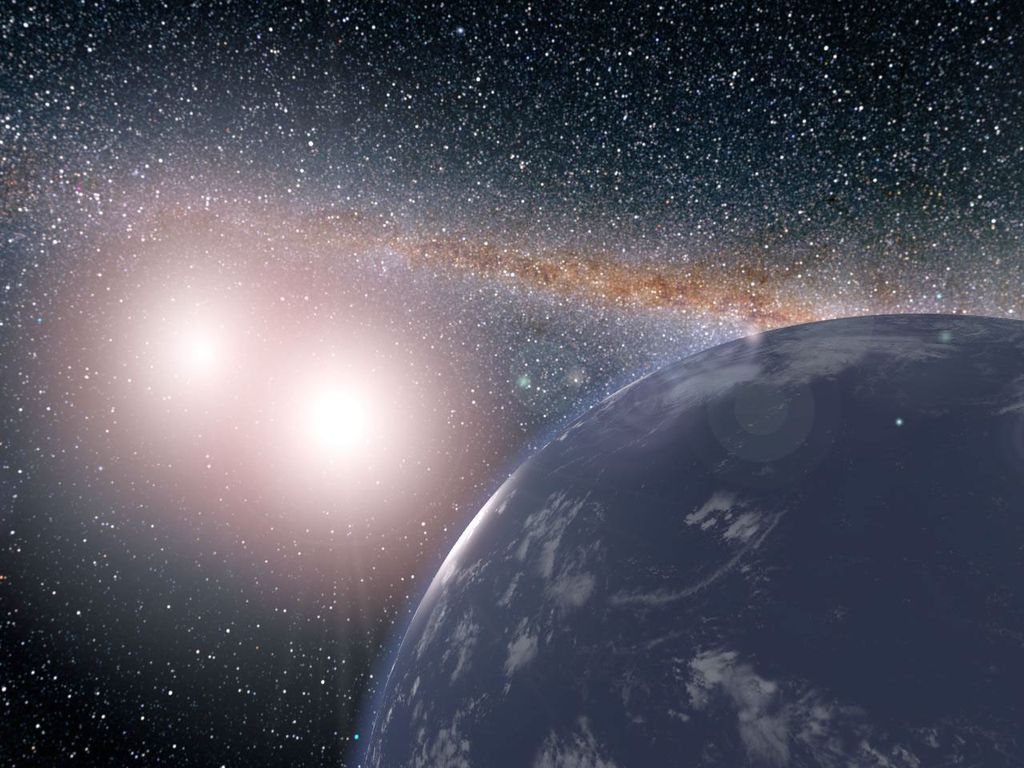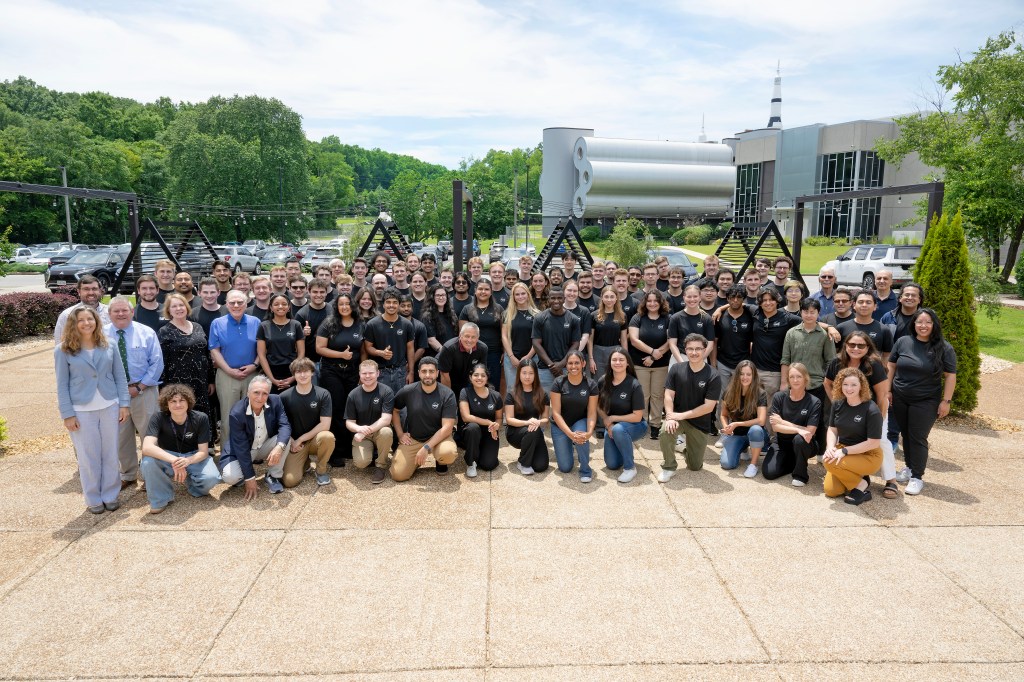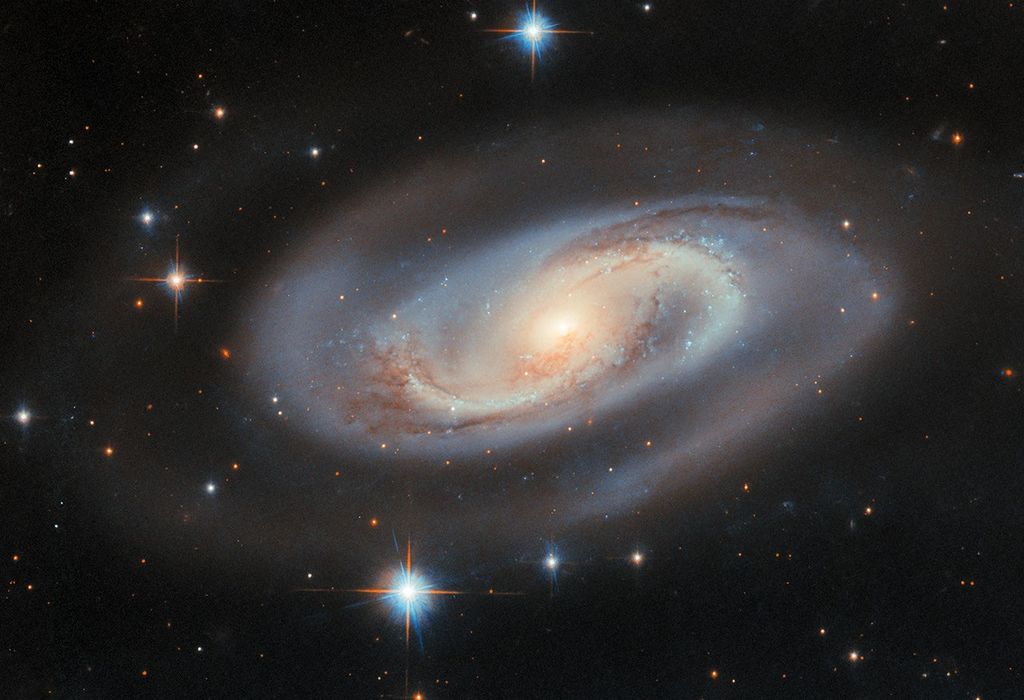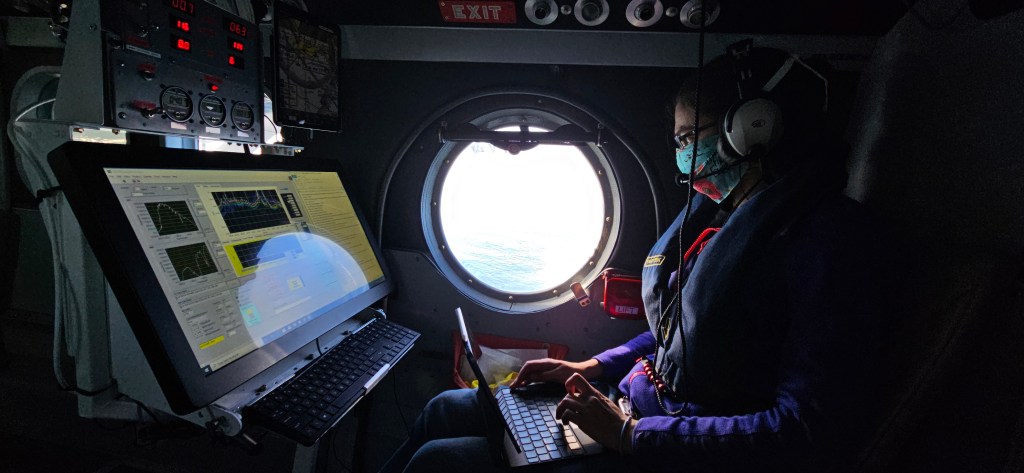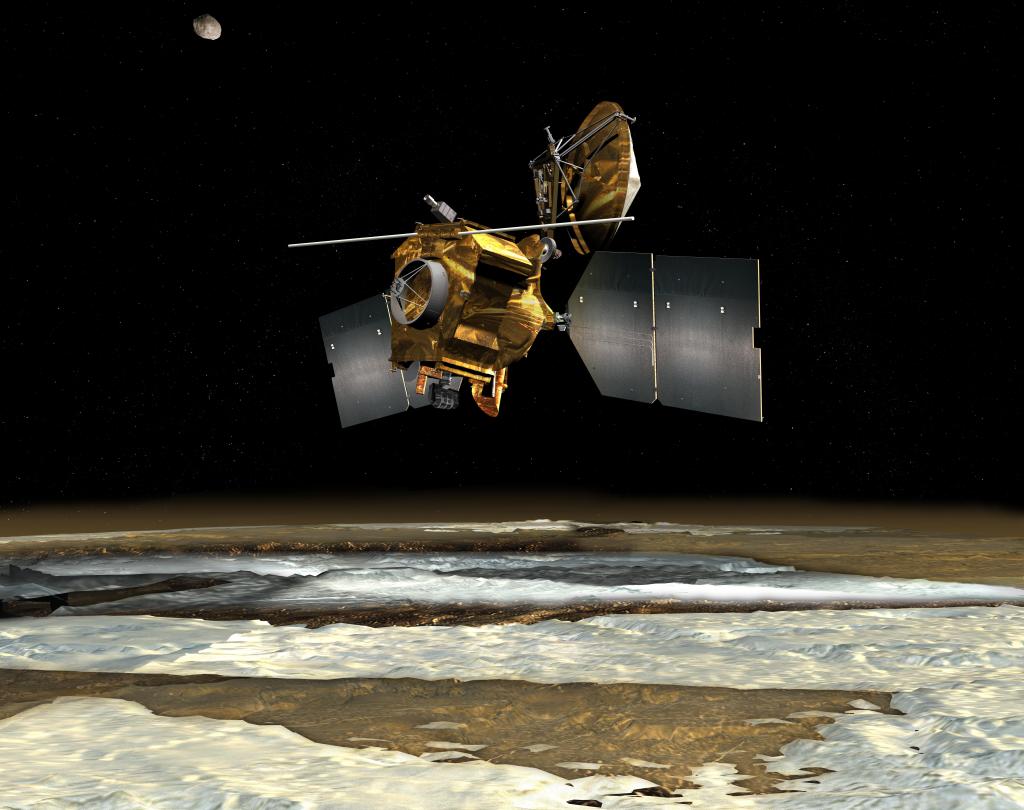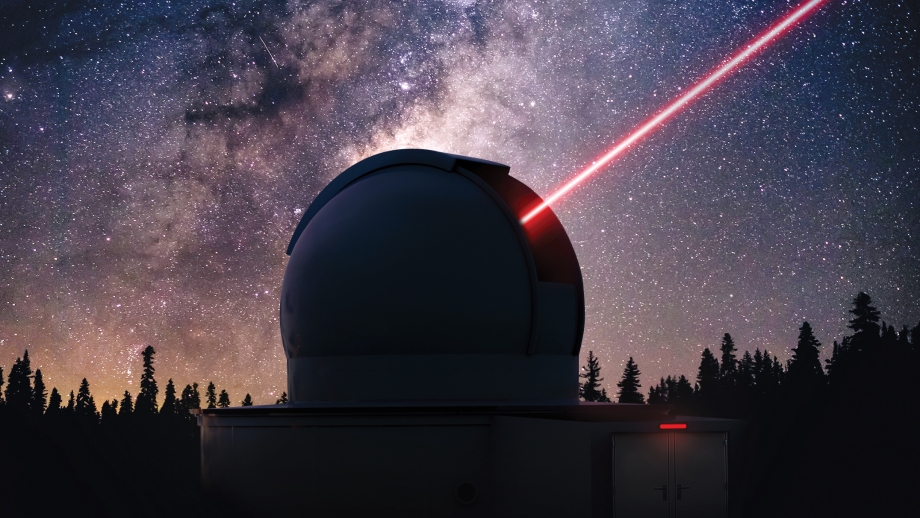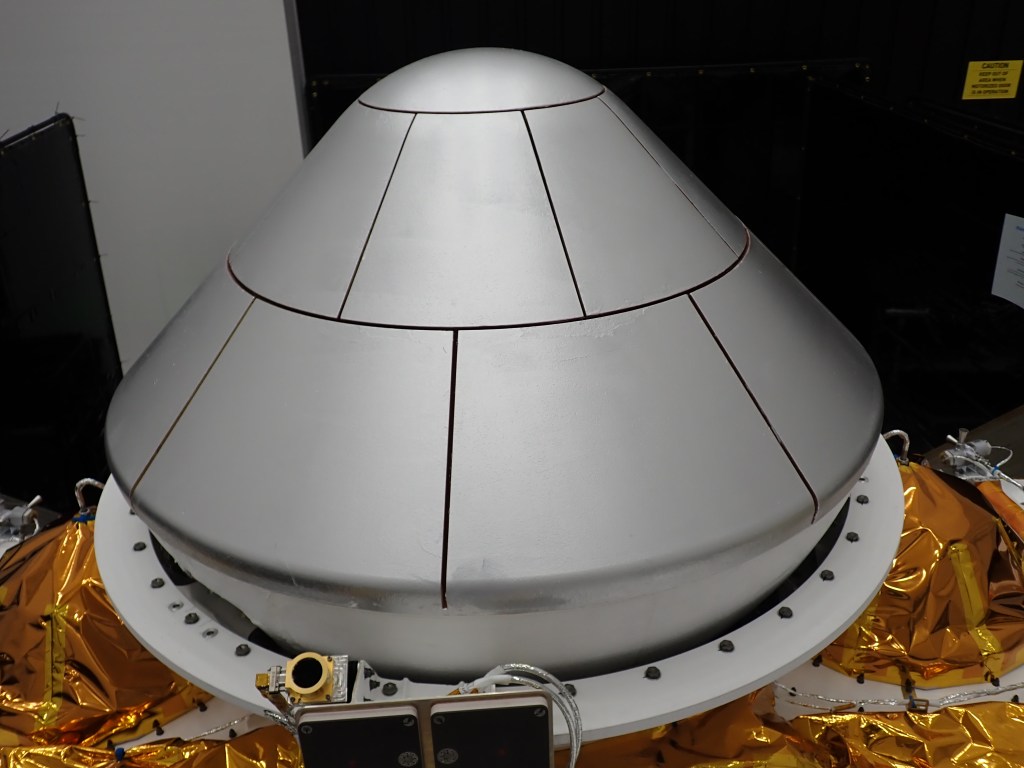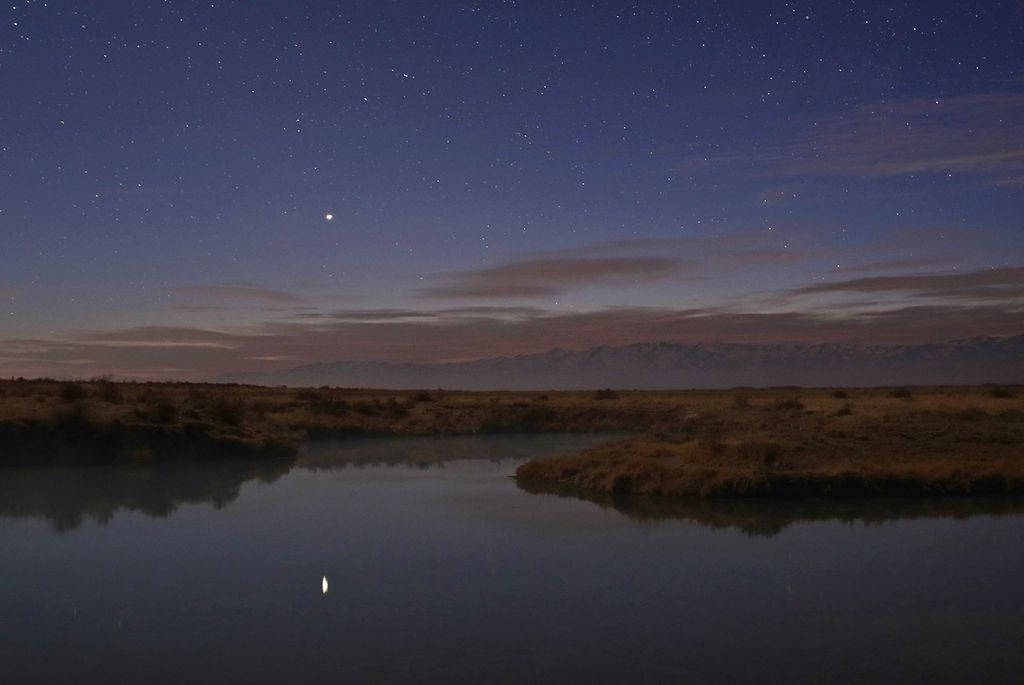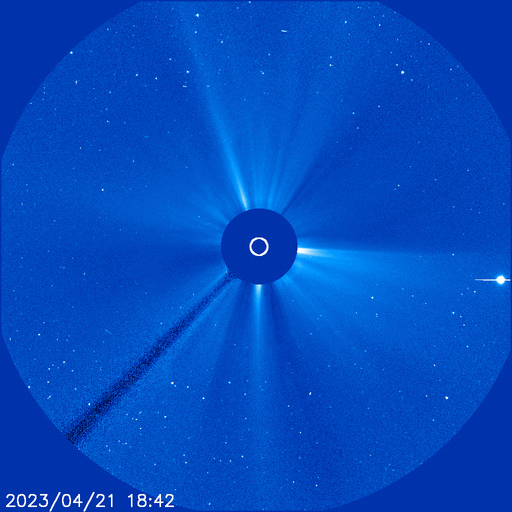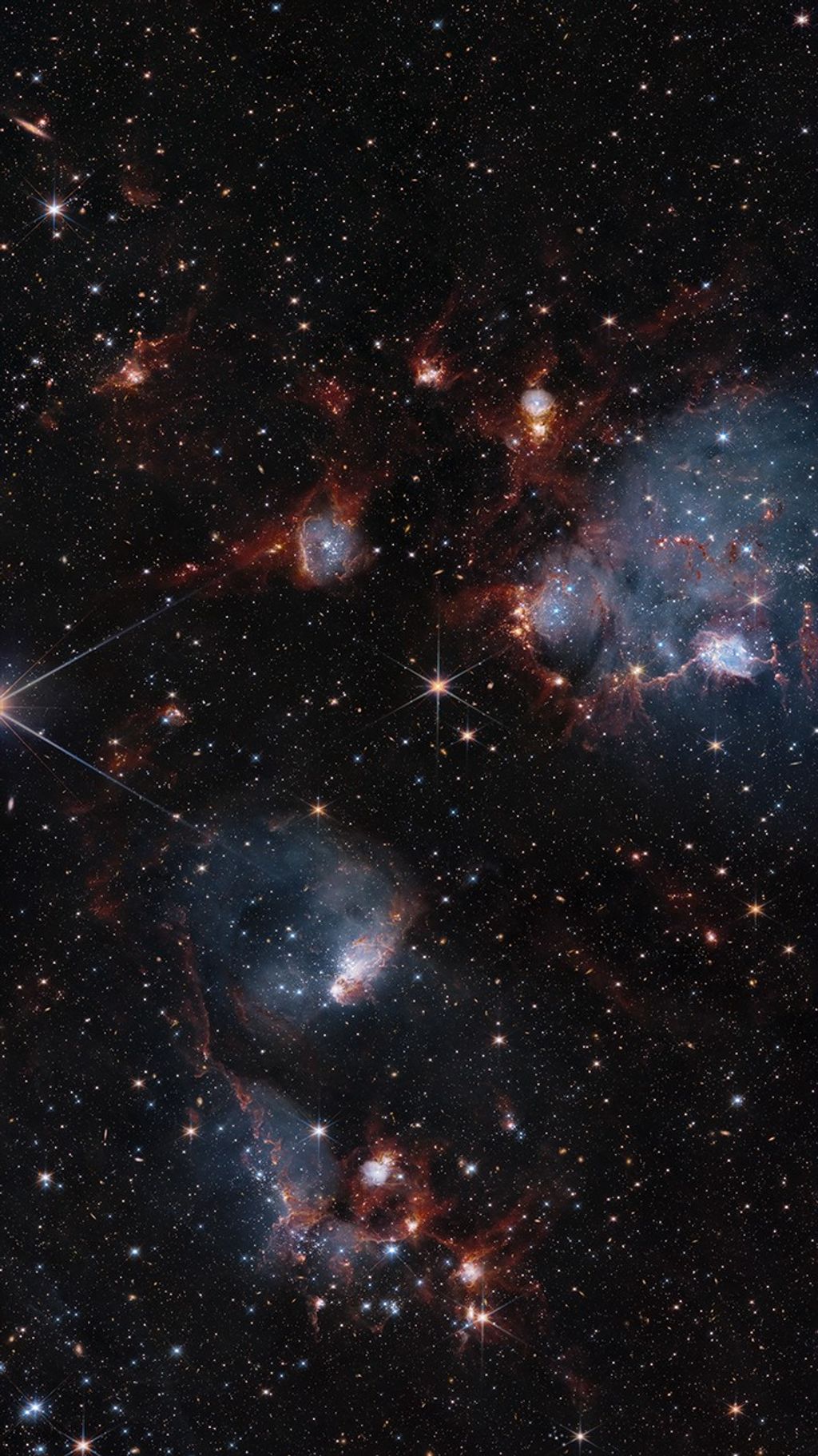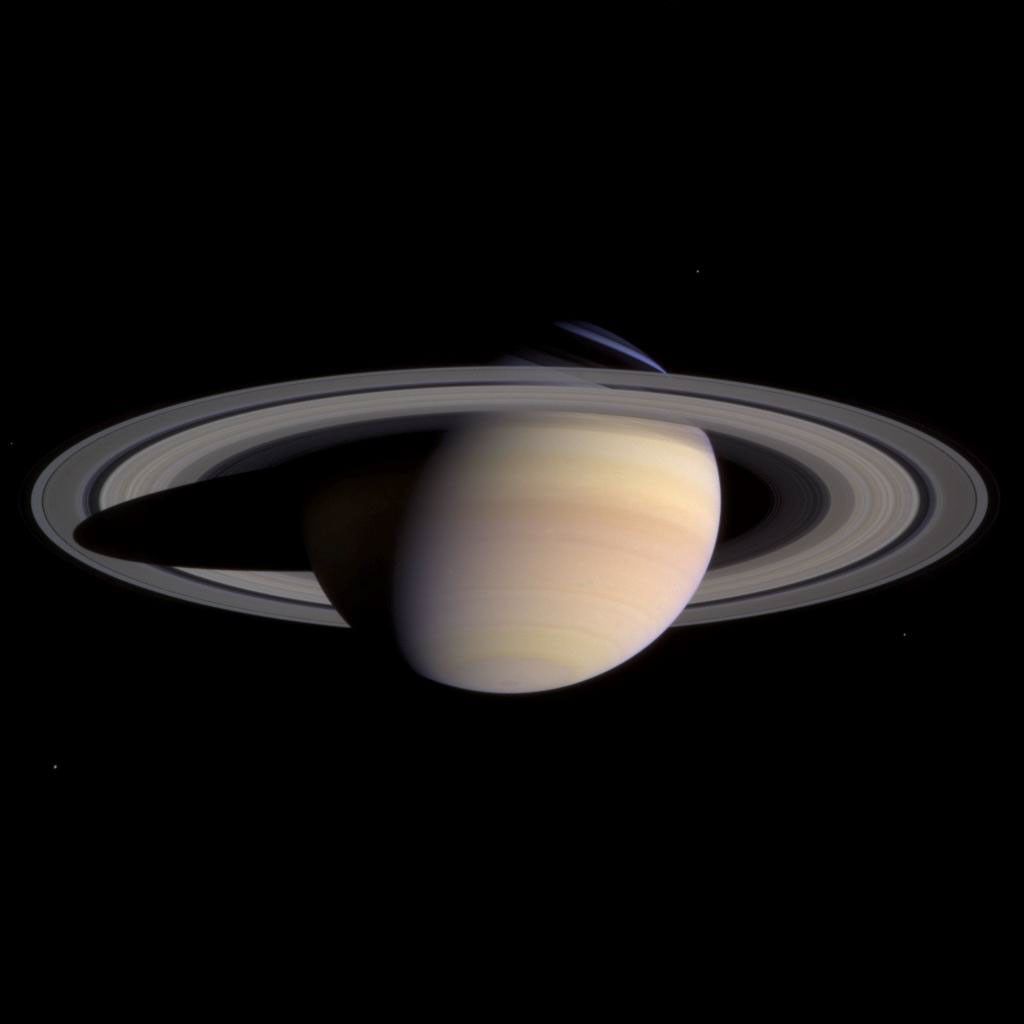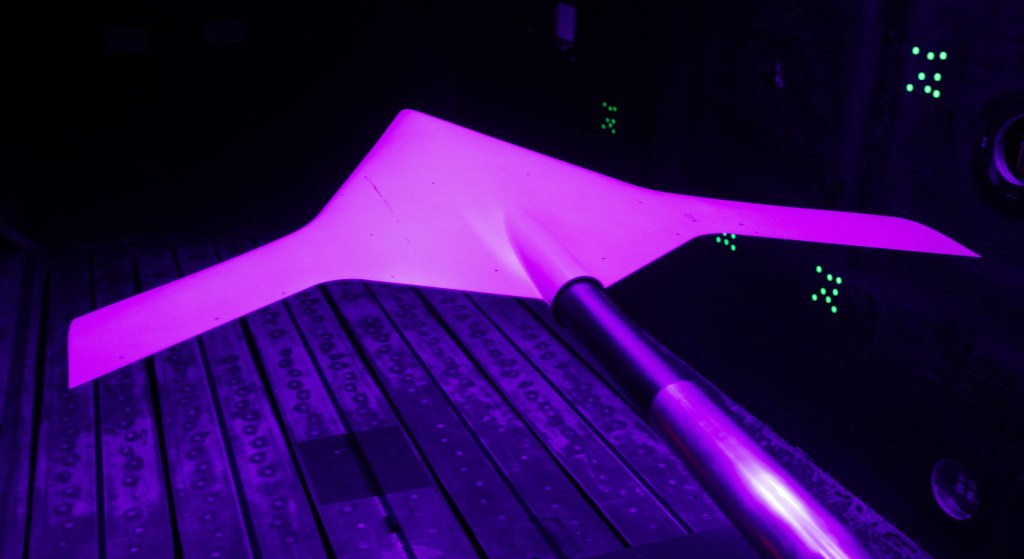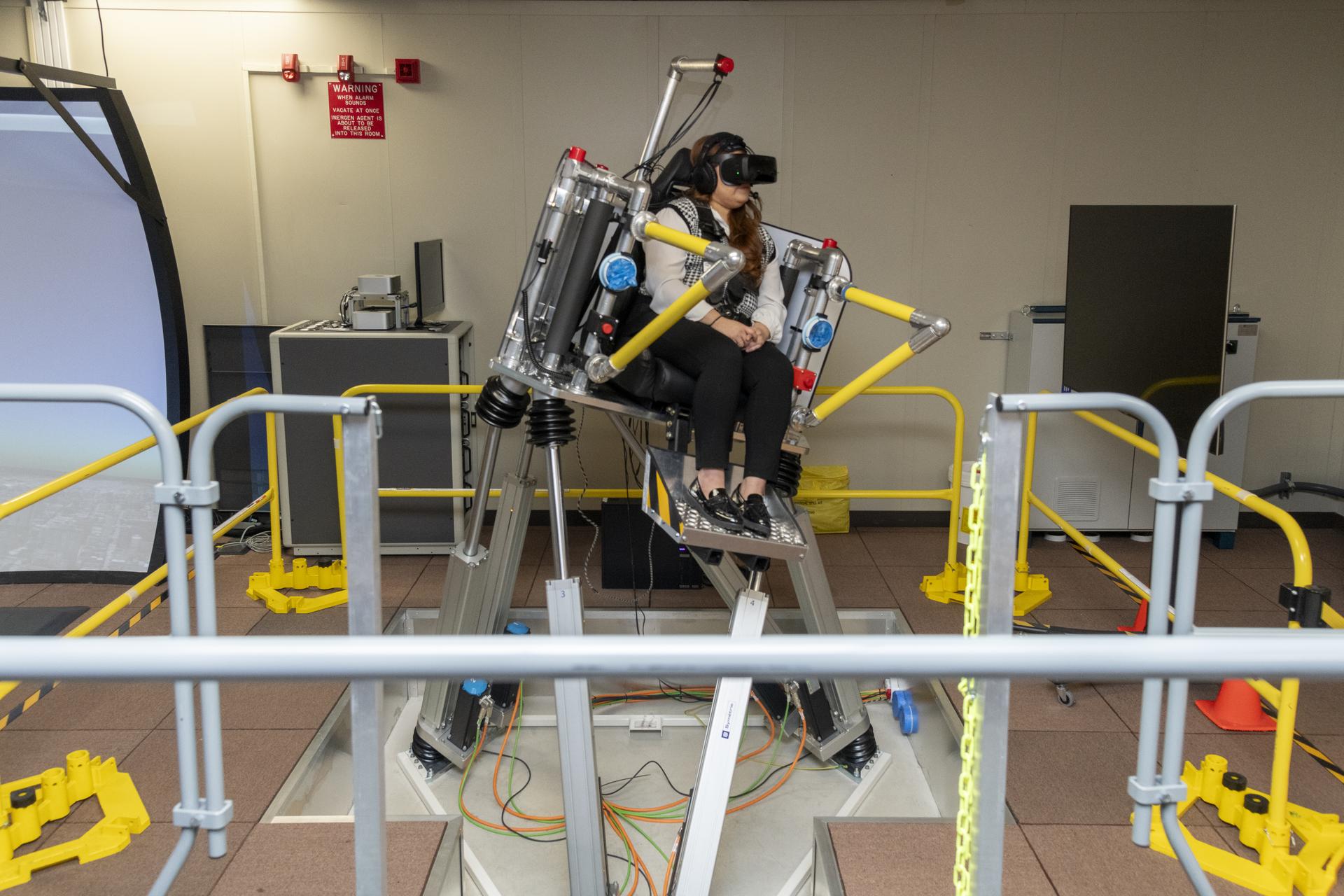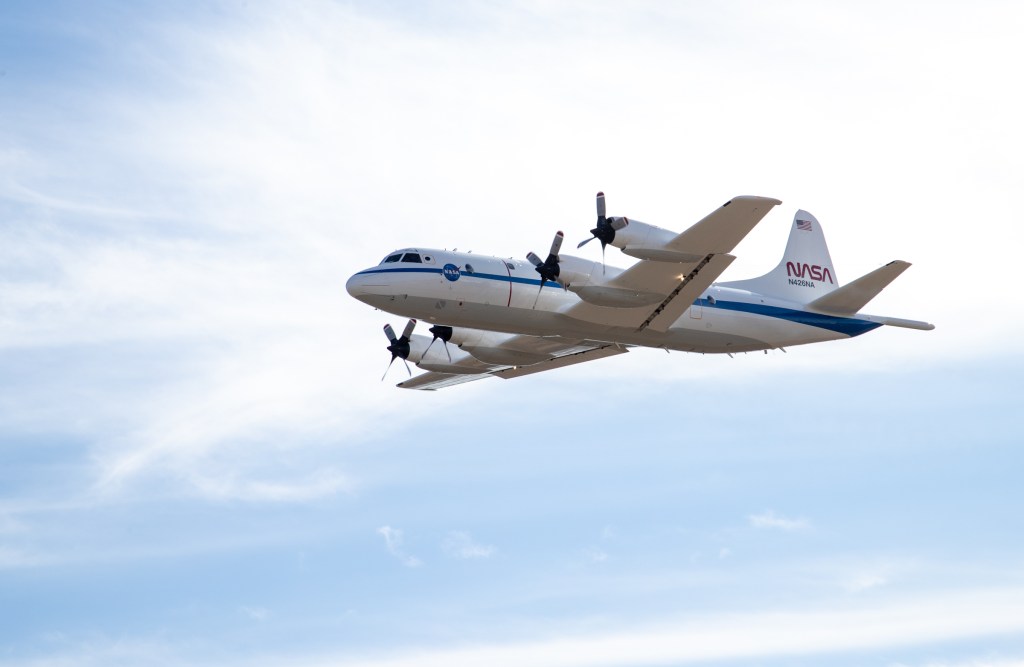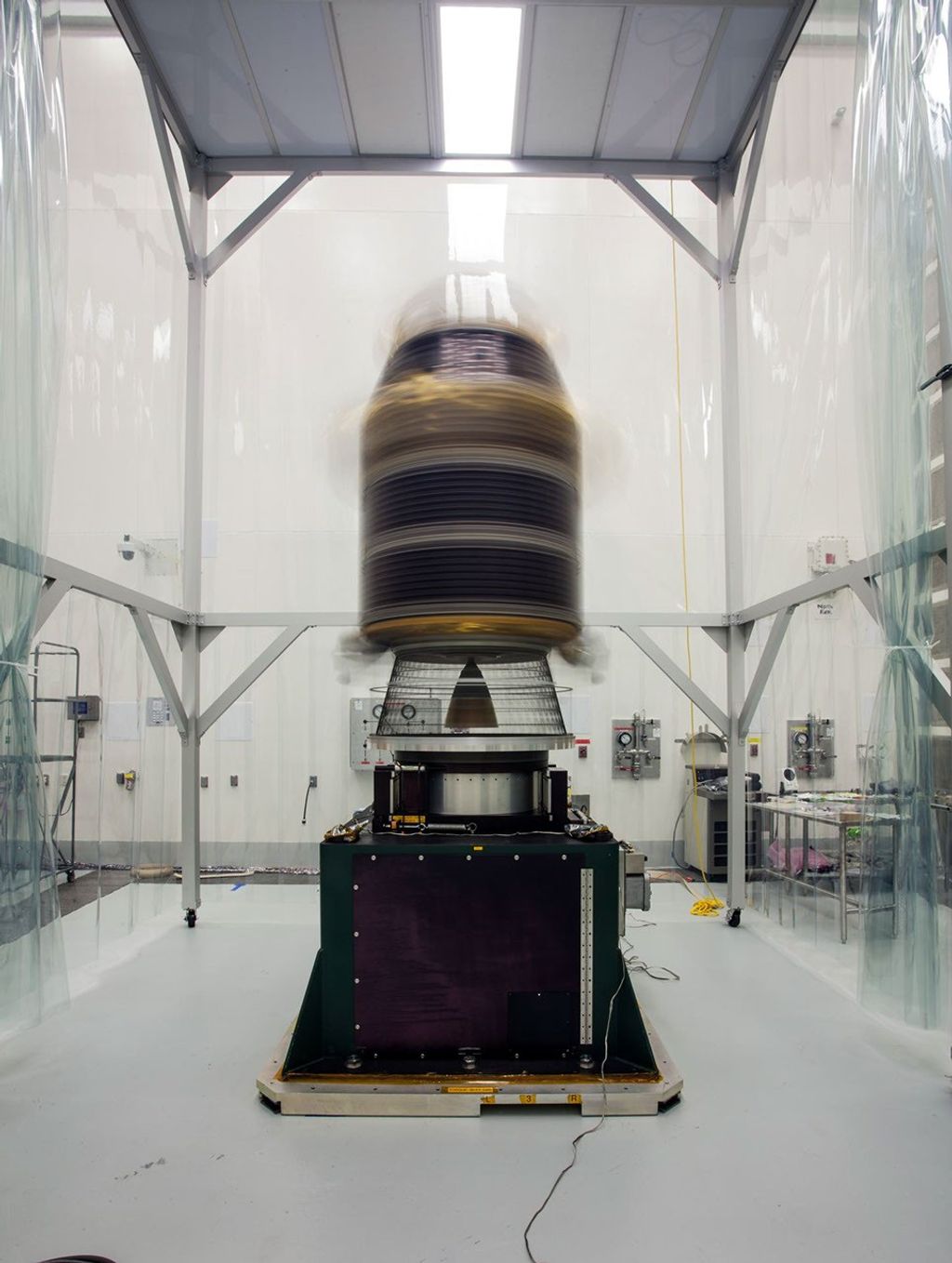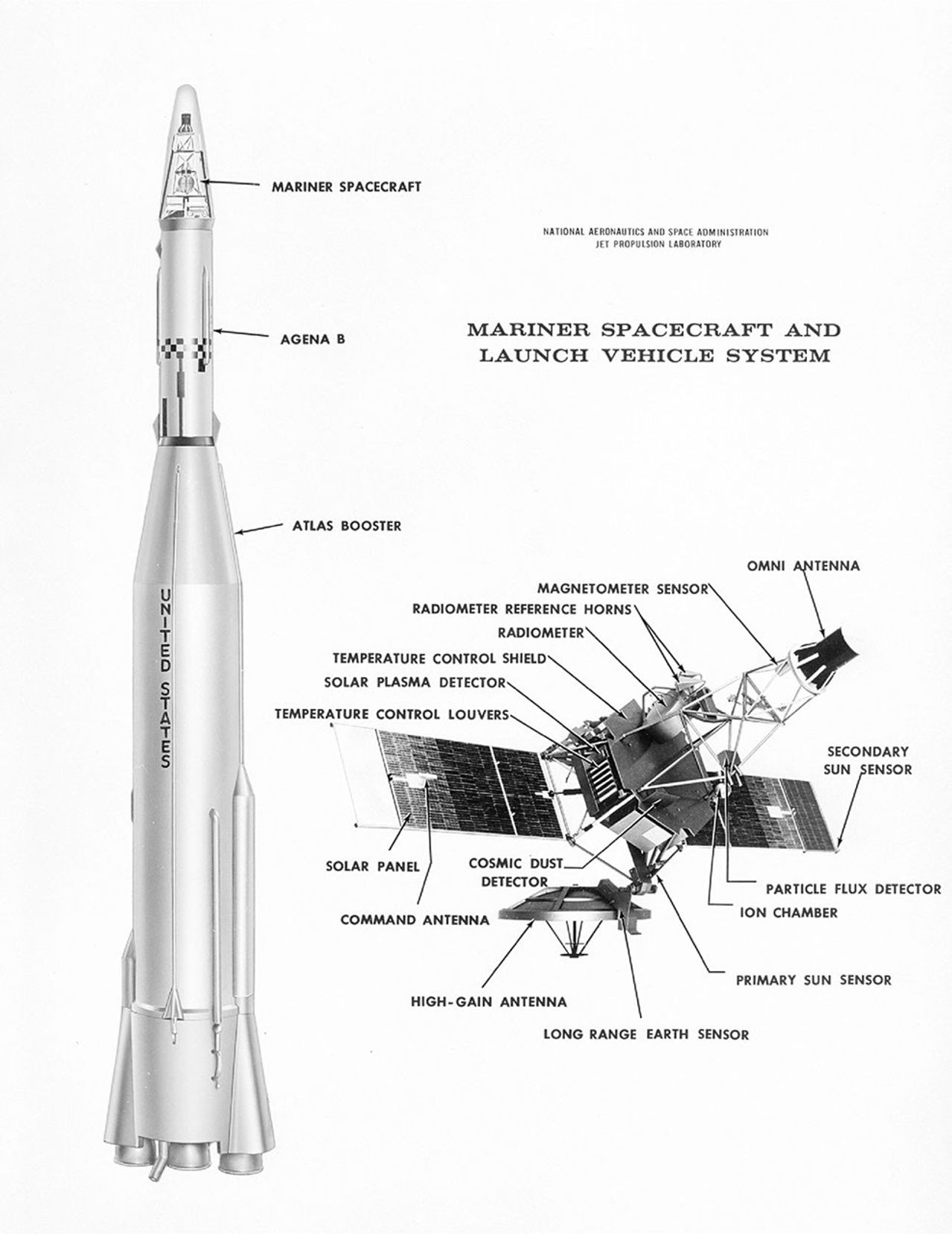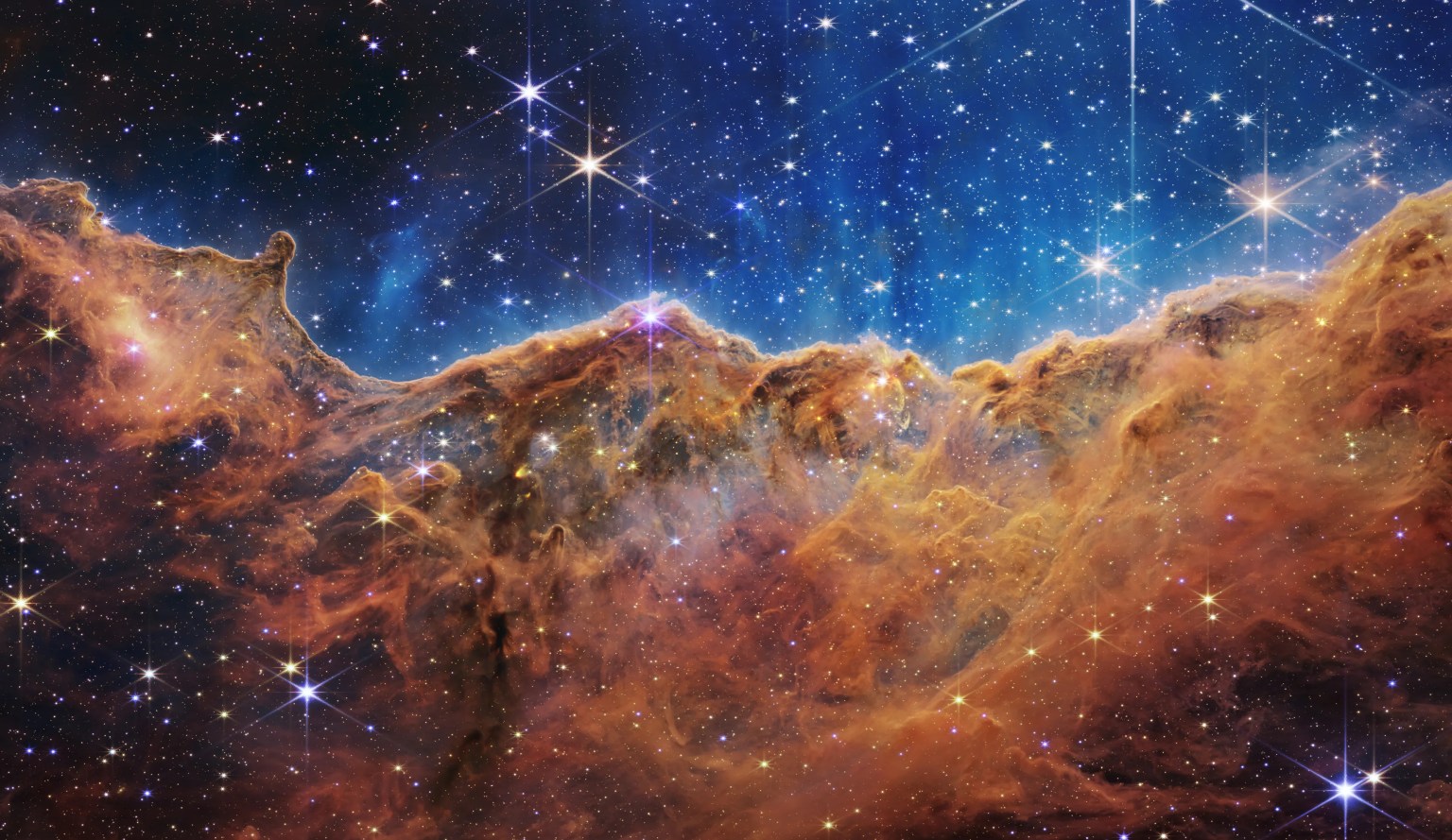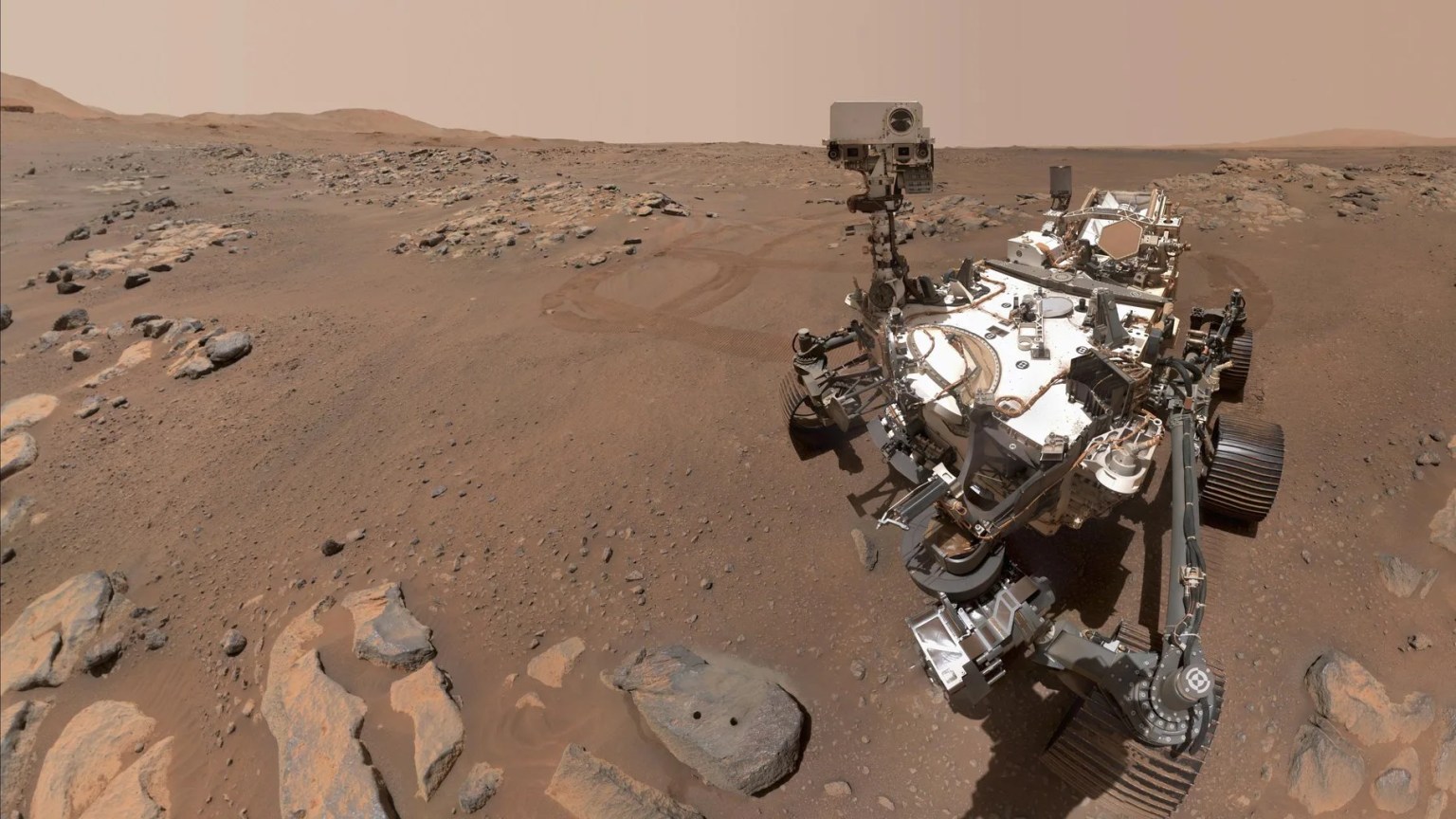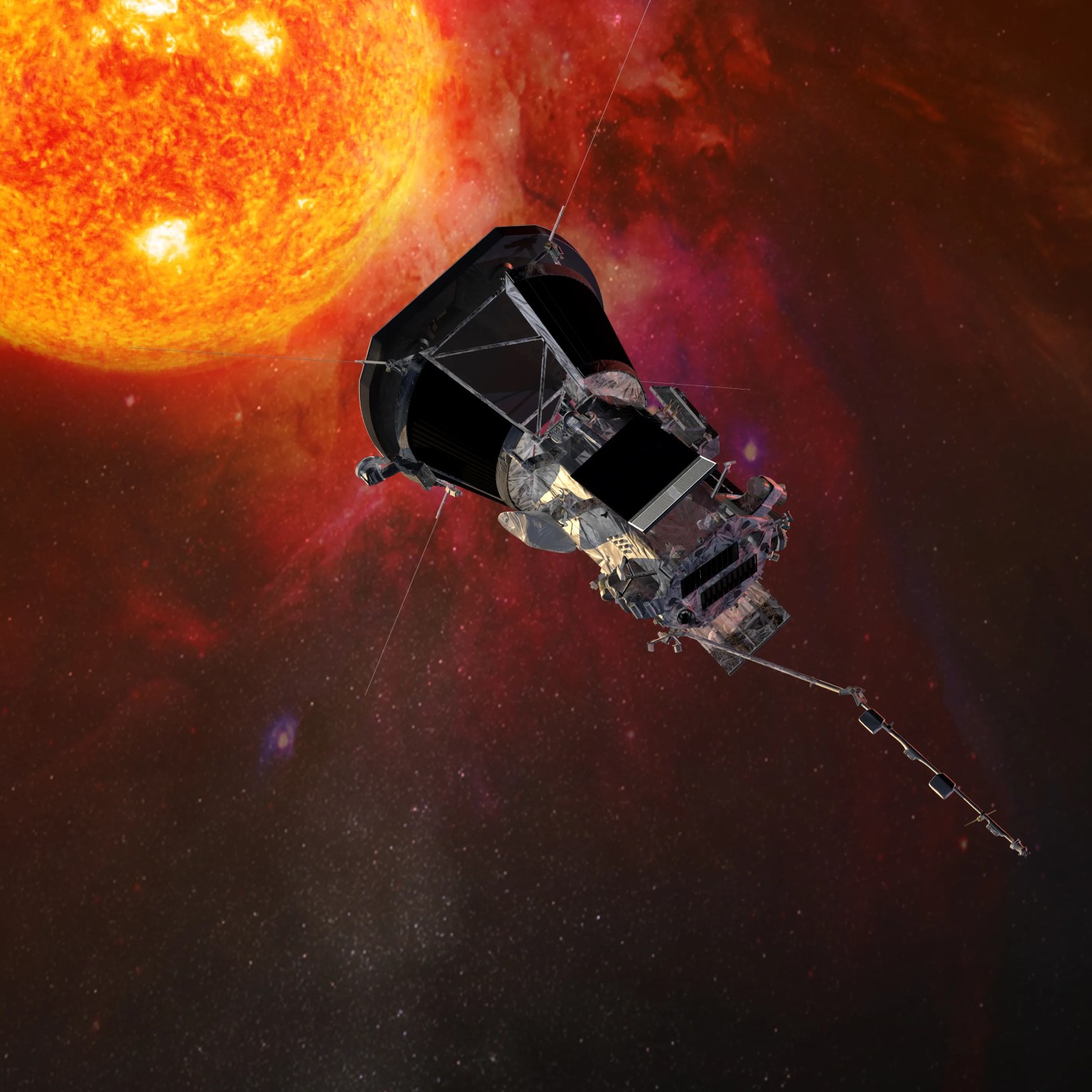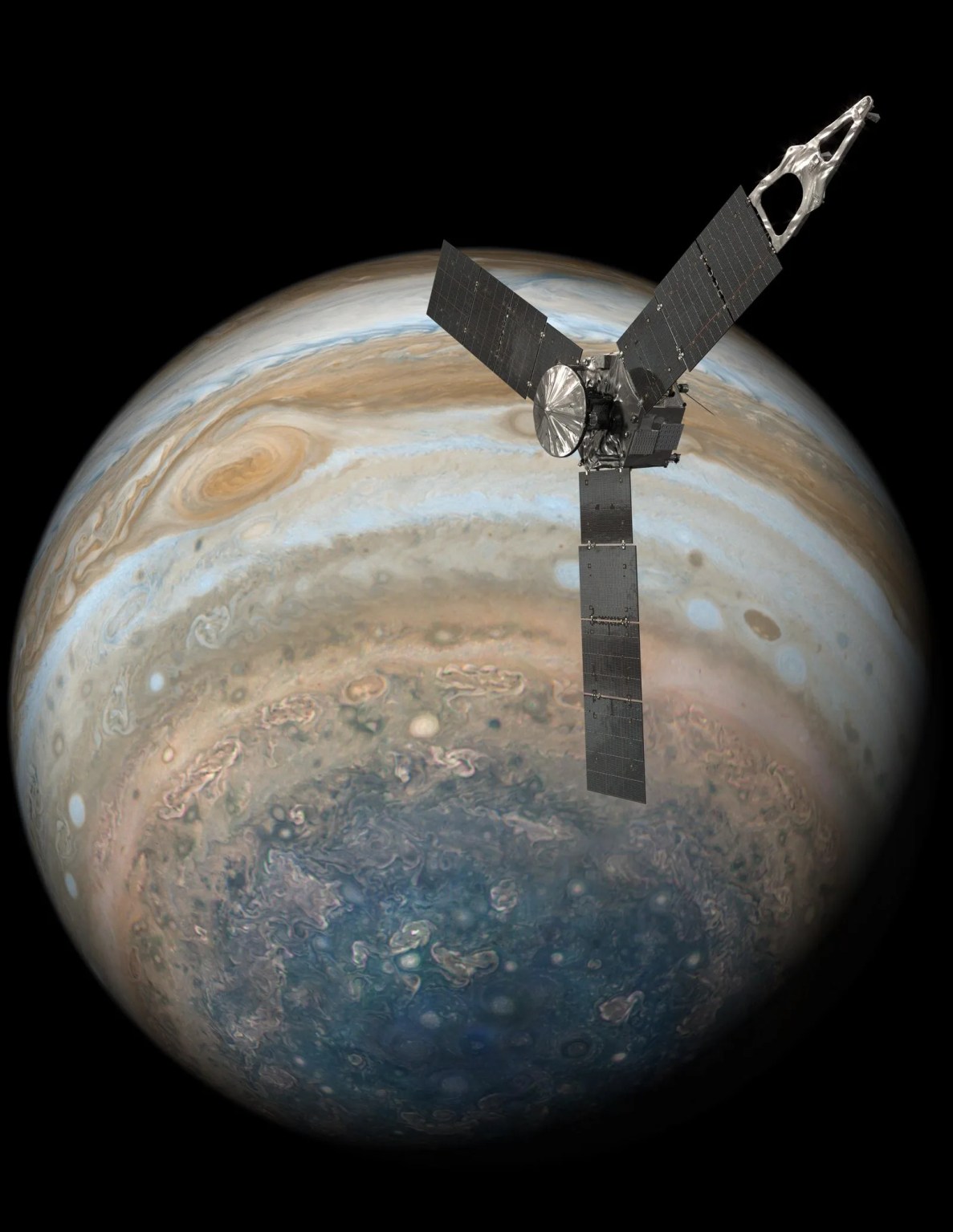Mariner Program
Occurred 50 years ago
Type
Flybys, Orbiters
Duration
1962-1975
Targets
Mars, Venus, and Mercury
results
Successful
| Spacecraft | Launch Date | Objective | Results |
|---|---|---|---|
| Mariner 1 | Jul 22, 1962 | Venus flyby | Unsuccessful |
| Mariner 2 | Aug 27, 1962 | Venus flyby | Successful |
| Mariner 3 | Nov 5, 1964 | Mars flyby | Unsuccessful |
| Mariner 4 | Nov 28, 1964 | Mars flyby | Successful |
| Mariner 5 | Jun 14, 1967 | Venus flyby | Successful |
| Mariner 6 | Feb 25, 1969 | Mars flyby | Successful |
| Mariner 7 | Mar 27, 1969 | Mars flyby | Successful |
| Mariner 8 | May 9, 1971 | Mars orbit | Unsuccessful |
| Mariner 9 | May 30, 1971 | Mars orbit | Successful |
| Mariner 10 | Nov 3, 1973 | Venus, Mercury flybys | Successful |
The Mariners were a series of twin spacecraft . Each launched on a different rocket in case of problems with the other. Mariner 1, Mariner 3, and Mariner 8 werfocused on small-scale, frequent exploration of the nearest planets.e lost during launch, but their backups were successful. All remaining Mariners completed their scientific missions.
What did we learn from the Mariner missions?
- Engineers learned that interplanetary exploration was workable with small, low-cost spacecraft. Missions could be developed in a few years and survive in space for a few years.
- Scientists learned a great deal about the surfaces of Mars and Mercury. They gathered new details about the atmospheres of Mars and Venus and the solar system. All three planets visited proved to be very different from Earth.
- Venus, whose surface is not visible from space, had a dense carbon dioxide atmosphere. Clouds covering a hot surface made it even hotter by the atmosphere’s “greenhouse effect.”
- Mercury, not quite so hot as Venus, had an airless, cratered surface like the Moon,
- Mariner 9 revealed great volcanoes and valleys on Mars. It found the planet had a very thin, cold atmosphere, mostly of carbon dioxide.
Mariners laid the groundwork for all the deep space exploration missions that followed.

